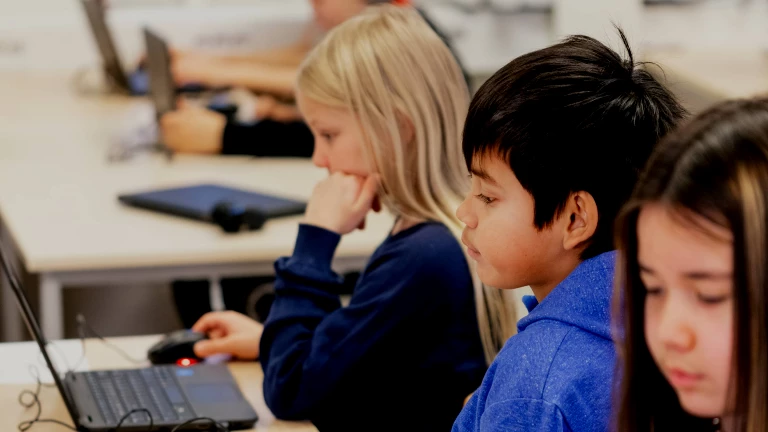
How to Fix a Broken Education System—Without Any More Money
Seema Bansal is forging a path to public education reform for 15,000 schools in Haryana, India, with an ambitious goal: by 2020, 80% of children should have grade-level knowledge. She's looking to meet this goal by seeking creative, straightforward reforms that will work in every school without additional resources.














